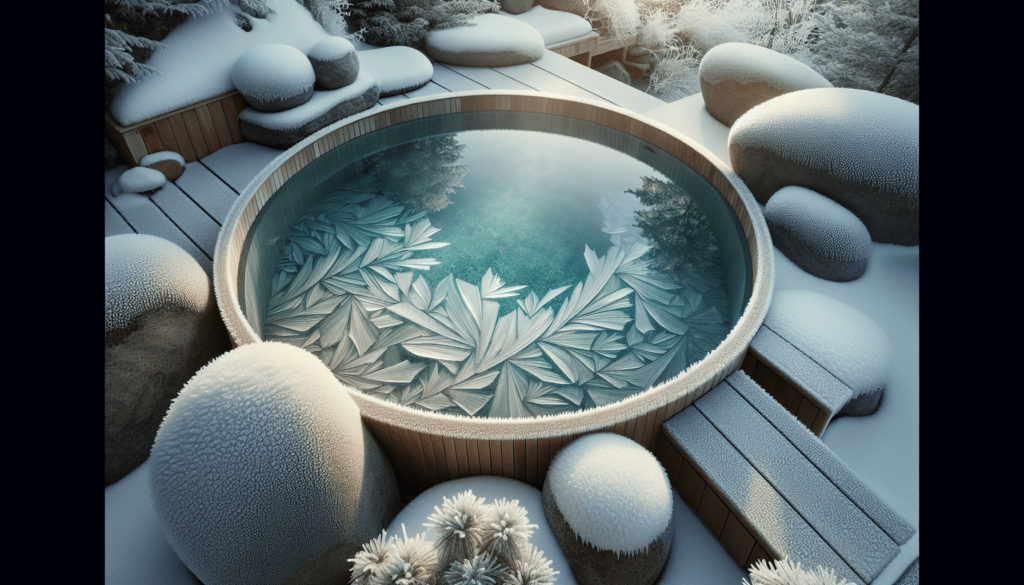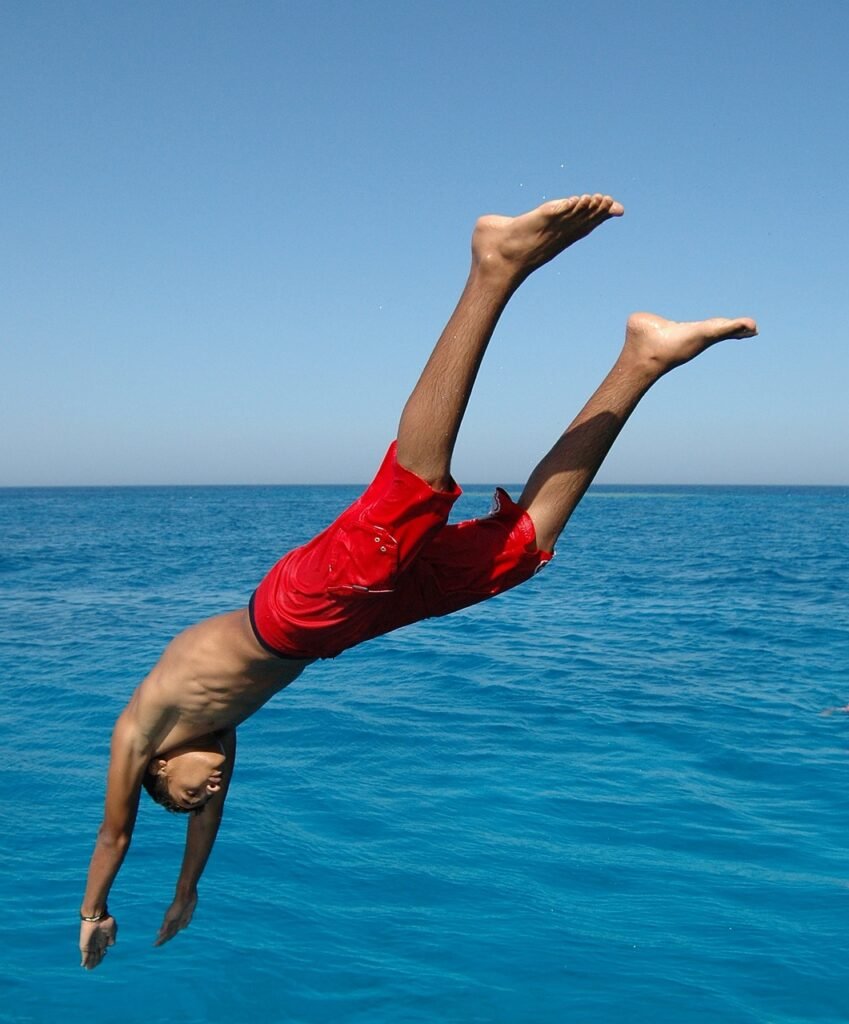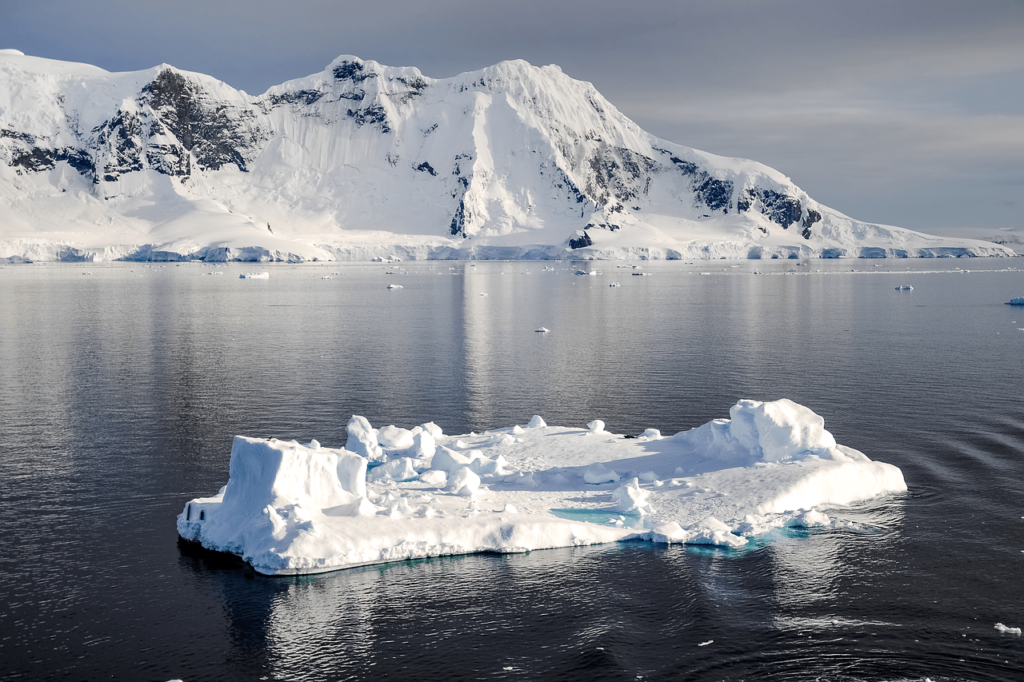
Have you ever wondered about the potential for bacteria to thrive in cold plunges? It’s a valid concern, especially with the growing popularity of cold water therapy. Let’s dig deeper into this intriguing topic to see how your cold plunge experience might be affected by bacterial growth.
Understanding Cold Plunges
Cold plunges, defined as brief immersions in cold water, have made a remarkable resurgence in health and wellness routines. People are drawn to them for various reasons, including recovery from workouts, boosting mental clarity, and enhancing immunity. But while you’re enjoying these icy baths, you may be curious about the microorganisms lurking in the water.
What Is a Cold Plunge?
A cold plunge typically involves submerging your body in cold water, usually below 60°F (15°C), for a set duration. Many wellness enthusiasts suggest doing this to improve circulation, reduce muscle soreness, and even elevate mood through the release of endorphins. It’s essential to maintain correct temperatures and hygiene to maximize the benefits and minimize potential health risks.
The Science of Bacteria
Bacteria are single-celled organisms that can thrive in diverse environments. They can sometimes pose health risks, particularly when they proliferate in water sources. Understanding how bacteria function in relation to temperature will help clarify whether or not they can thrive in your cold plunge.

What Types of Bacteria Are We Talking About?
When you think of bacteria, you might picture harmful germs, but it’s essential to recognize that not all bacteria are bad. Here’s a brief introduction to the different types.
Harmful vs. Beneficial Bacteria
- Harmful Bacteria: These can cause diseases or infections. Common examples include E. coli, Salmonella, and Staphylococcus aureus.
- Beneficial Bacteria: These provide significant health benefits, such as aiding digestion and supporting the immune system. Probiotics are a well-known example of beneficial bacteria.
Common Bacteria Found in Water
Bacteria can thrive in both natural and artificial water bodies, depending on the environment. Here’s a table detailing some common bacteria encountered in water sources:
| Bacteria | Source | Health Impact |
|---|---|---|
| Escherichia coli (E. coli) | Contaminated water or feces | Can cause gastrointestinal illness |
| Legionella pneumophila | Warm water systems | Causes Legionnaires’ disease |
| Pseudomonas aeruginosa | Soil, water, and human skin | Can cause infections in immunocompromised |
| Staphylococcus aureus | Skin, respiratory tract | Can lead to skin infections |

Can Bacteria Grow in Cold Water?
The fundamental question that arises is whether bacteria can grow in cold water, like that in cold plunges. The answer is a bit nuanced.
Temperature and Bacterial Growth
Bacteria generally have optimal growth temperatures:
- Psychrophilic Bacteria: These thrive in cold environments, typically at temperatures below 60°F (15°C).
- Mesophilic Bacteria: Most common bacteria fall into this category, thriving in moderate temperatures, usually between 68°F (20°C) and 113°F (45°C).
- Thermophilic Bacteria: These prefer higher temperatures, generally above 113°F (45°C).
Cold Water Versus Warm Water
Although cold water can inhibit the growth of many types of bacteria, it doesn’t stop all bacteria from surviving. Some cold-water environments can harbor psychrophilic and psychrotolerant bacteria, which can grow at low temperatures.
Bacterial Growth in Cold Plunge Conditions
Although the cool environment of a cold plunge can deter many pathogens, bacteria find ways to adapt. Some factors influence bacterial growth in low temperatures.
- Nutrients: The availability of organic materials can facilitate bacterial growth, even in cold conditions.
- Water Quality: Stagnant or contaminated water is more likely to promote bacterial growth than fresh, clean water.
- Duration of Exposure: Extended exposure to suboptimal conditions can weaken your body’s defenses against bacterial load.

Safety Measures for Cold Plunges
To maintain a healthy cold plunge experience, you want to be proactive. Here are some essential steps you can take to ensure your experience remains beneficial instead of harmful.
Regular Cleaning
Keeping your cold plunge clean is one of the most effective ways to prevent bacterial growth. Depending on the material of the plunge vessel, here’s what you can consider:
- Vinyl or Plastic: Use a mild, non-toxic cleaner designed for waterborne environments.
- Fiberglass or Concrete: Ensure to scrub away any dirt and debris and perform regular disinfection.
- Water Quality Testing: Consider using aquatic testing kits to monitor for harmful bacteria and adjust your cleaning schedule accordingly.
Using Chlorine and Other Sanitizers
Chlorine and bromine pools are effective in minimizing bacterial growth. If you’re using a cold plunge frequently, adding a sanitizing agent can prevent unwanted bacteria. Follow these general guidelines:
- Chlorine Levels: Maintain chlorine levels between 1-3 ppm (parts per million).
- Bromine Use: Bromine can also be effective; ensure that levels are kept between 3-5 ppm.
Personal Hygiene Practices
Before taking a cold plunge, consider your hygiene habits. Simple practices can go a long way in diminishing bacteria levels:
- Shower Before Use: A quick rinse before slipping into the plunge helps wash away any bacteria and contaminants on your skin.
- Avoid Public Cold Plunges: If possible, use personal or private plunges to avoid exposure to bacteria from multiple users.

What If You Get Sick?
Even with your best efforts, sometimes illness happens. If you start feeling unwell after a cold plunge, knowing how to address it is important.
Identifying Symptoms
Some common symptoms of bacterial infections include:
- Nausea or Vomiting: These can signal gastrointestinal infections.
- Fever or Chills: Often indicate your body is fighting off an infection.
- Skin Irritation: If you notice rashes or redness, it may derive from bacteria affecting the skin.
When to Seek Medical Attention
If you experience severe symptoms or persistent illness, it’s best to seek medical advice. Prolonged abdominal pain, fever over 101°F (38.3°C), or any drastic changes in your wellness should prompt a visit to a healthcare professional.

Conclusion
It’s natural to be concerned about bacteria and hygiene in cold plunges, given their growing popularity. While some bacteria can indeed survive in cold water, following hygiene protocols can significantly mitigate the risks. Embrace your cold plunge with confidence, remembering that a combination of proper maintenance, personal hygiene, and awareness of potential health impacts can lead to a safe and enjoyable experience.
Healthy practices will ensure that your plunge into cold water is not just refreshing but also a boon for your overall well-being. So jump in, enjoy the benefits, and keep your cold plunge experience both safe and invigorating!